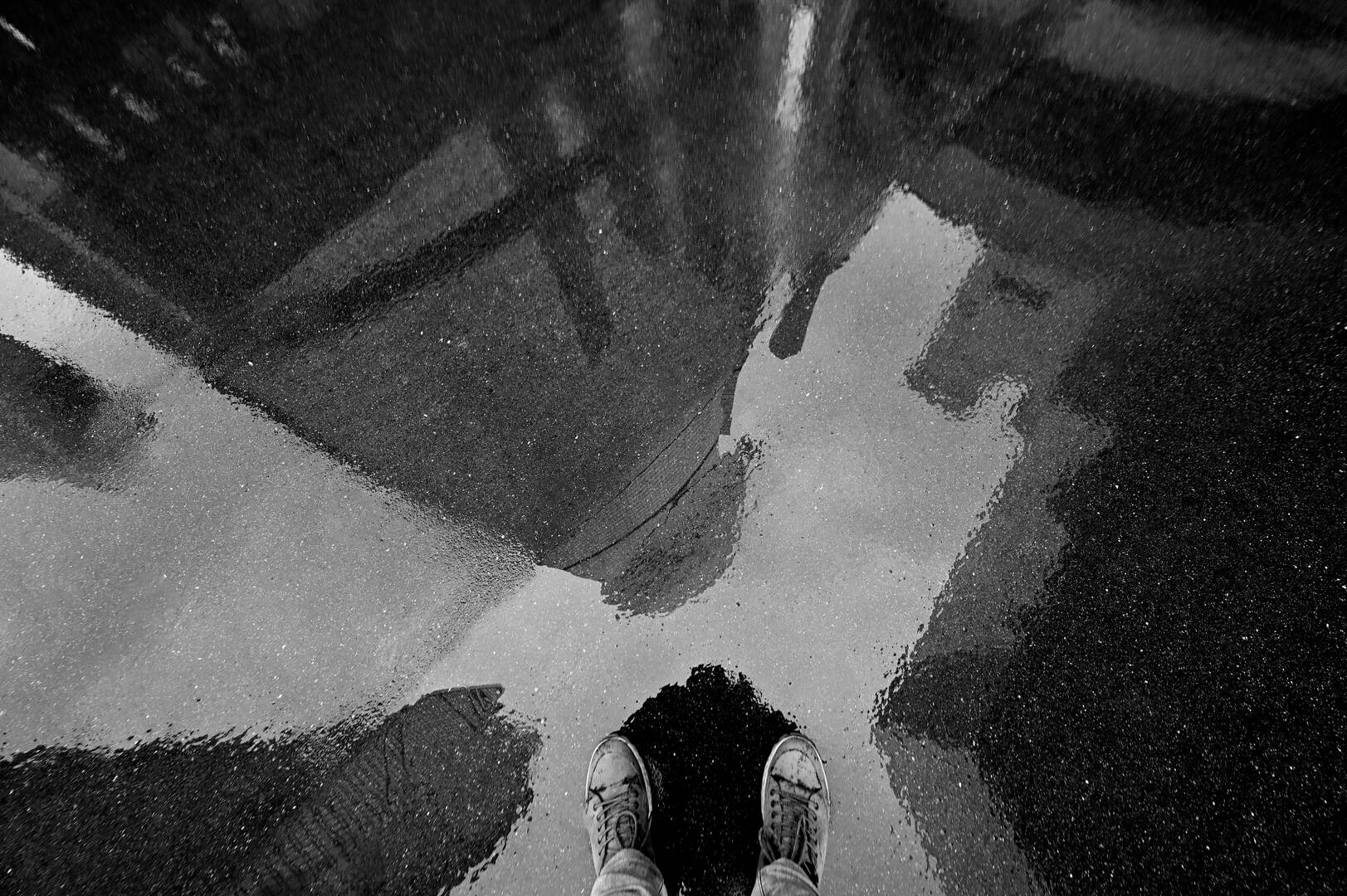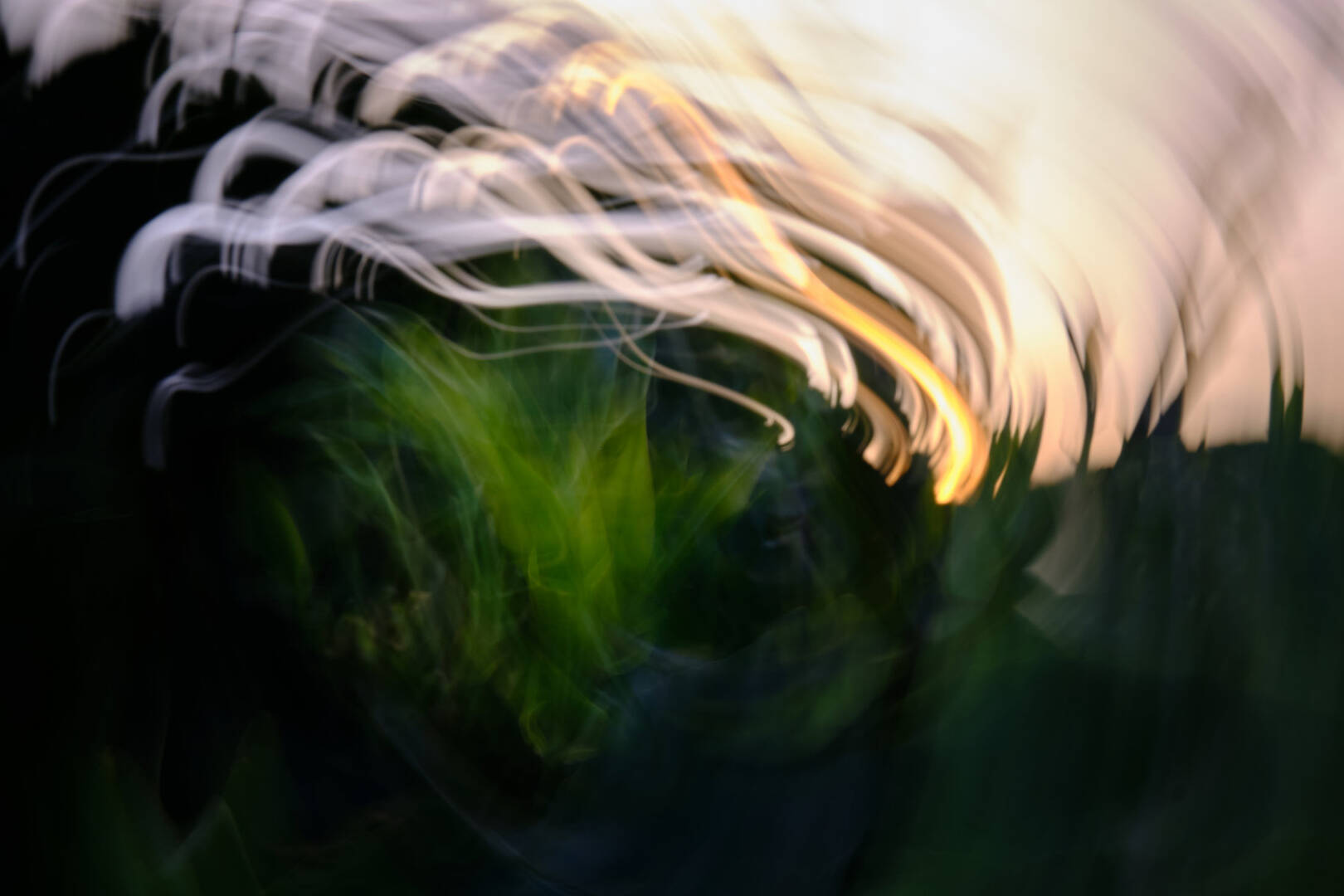Easter is celebrated differently in different parts of the world. In France, they make a giant omelet out of 15,000 eggs. In Hungary or Slovakia, girls are splashed with cold water or even thrown into a stream. And in the Czech Republic, we traditionally use a decorated “Easter whip” on our loved ones (gently) which you can read about on Wikipedia. It is an ancient ritual to ensure women’s beauty and fertility. Well, different country, different customs. How did you celebrate Easter in your country? Whether you enjoyed an Easter egg, a roast lamb, or just a well-deserved coffee, I hope the latest Photography News will make the rest of the week even more enjoyable for you.

Recent Announcements
- This week brought two interesting lenses for Nikon cameras. Each of them is aimed at a completely different audience. The Nikon Z 28-400mm f/4-8 VR targets photographers who want one lens for everything. However, the world’s first 28-400mm lens for a full-frame camera is not without its compromises. The most obvious one is the maximum aperture of f/8 at the long end. The philosophy of the Tamron 28-75mm f/2.8 G2 is different. In its more modest focal length range, it offers a constant f/2.8 aperture, relatively compact size and weight, and an impressively short minimum focusing distance.
- Ricoh GR III HDF and Ricoh GR IIIx HDF: After the great success, bordering on hysteria, of the Fuji X100VI, here are two new digital compacts from Ricoh. Actually, it is not a complete novelty. Ricoh builds on the existing GR III and GRIIIx models, using the same basic features (a 24.2MP APS-C sensor and non-interchangeable 28mm and 40mm equivalent lenses). What does HDF stand for? It’s Highlight Diffusion Filter, which is said to deliver “mellow, softened images with diffused highlight areas”. The cameras will be available in April for $1,070 and $1,150 respectively.
- Sigma 50mm f/1.2 DG DN Art: According to the manufacturer, the super-fast 50mm Art lens excels in several aspects. First, it is advertised to have high resolving power, beautiful bokeh, minimal focus breathing, and good resistance to flare and ghosting. Sigma also claims that it has the lightest lens in its class at 745 grams (1.64 pounds). For reference, the Nikon Z 50 f/1.2 weighs 1090 grams. The weather-sealed lens also has three switches, a programmable button and an aperture ring. Who is the $1,399 lens for? So far, only for Sony-E and Leica-L shooters.
The Rumor Mill
No Bird AF for Nikon Z6III?
Bird AF seems to be almost a mandatory feature for wildlife photographers these days. That’s why I was quite shocked to read on Nikon Rumors that the upcoming Z6III might not get it. Reportedly, “it could be added in future firmware updates”. I would like to believe that this particular information is not based on truth.
262MP medium format sensor from Sony
Sony has announced the development and “tentative” specs of a IMX811 back-illuminated CMOS type 4.1 image sensor. It is expected to have a massive 262MP resolution and a diagonal image size of 64.84mm. With an aspect ratio of 3:2, the resulting sensor dimensions are 54×36 mm. For comparison, the Hasselblad H6D is 53.4 x 40 mm and the Fuji GFX100 is 43.8 x 32.9 mm. So the Sony sensor is definitely one of the larger ones.
This potential medium format sensor raises several questions. The first one that may have crossed your mind is whether Sony is about to enter the elite segment of medium format cameras. The second, less wild, is in which medium format camera will the sensor appear in the future? At the moment, it seems that neither is on the agenda, as Sony is targeting this sensor for industrial use. However, it wouldn’t be the first time that an “industrial” sensor eventually appeared in a “normal” camera.
Via Sony Semicon
Good Deals and New Sales
On April 8, 2024, a total solar eclipse will cross North America, passing over Mexico, the United States, and Canada. If you decide to enjoy it with your camera, you might find the Tiffen Solar (18-Stop) ND Filter useful (some diameters are up to $20 discounted). Remember that looking directly at the sun can cause irreversible damage to your eyesight. One of the most popular pairs of ISO 12312-2:2015(E) certified eclipse glasses (this one) is on sale 33% off and will arrive prior to April 8th to most locations in the US. Check out NASA website for important safety guidelines and everything else you need to know to enjoy this space event.
Spring is already in full swing (at least here in Europe), so if you like birdwatching and don’t have the right binoculars, it’s high time to get a pair. Personally, I have been using Nikon Monarch 8×42 binoculars for over 15 years and have been very happy with them. Back then there was only one Monarch; today, the range is a bit more varied. Currently there are several Nikon binoculars available at interesting prices. Here I have selected a few that you definitely can’t go wrong with.
- Nikon 8×42 Monarch M5 (was $287, now $257)
- Nikon 10×42 Monarch M5 (was $297, now $267)
- Nikon 8×30 Monarch M7 (was $477, now $427)
- Nikon 10×30 Monarch M7 (was $487, now $437)
- Nikon 10×42 Monarch M7 (was $497, now $447)
Other Pages of Interest
Today’s fastest professional cameras, like the Nikon Z9, can shoot over 100 frames per second. That seems like a pretty impressive speed to me, wouldn’t you agree? But now engineers at INRS Énergie Matériaux Télécommunications Research Centre in Canada have developed a camera against which any other looks desperately slow. 156.3 trillion frames per second is currently the fastest camera in the world. To give you an idea, if you were photographing the flight of a hummingbird with such a frame rate, a single wing flap would be recorded in approximately two trillion photos. It would then take you approximately 62,000 years to choose the best one, assuming you could view one photo per second and not bother with such trivialities as eating and sleeping. Of course, this extraordinary camera won’t be used for ordinary photography, but it will help reveal super-fast processes in physics, biology, chemistry, materials science, and engineering.
Treasure doesn’t always have to be shiny and bright. On the contrary. Sometimes it can even look like something very ordinary. But the keen eye of PhD candidate James Tweed from the University of Queensland was not fooled by first impressions. What looked like bird droppings turned out to be a new species of beetle, named Excastra albopilosa. Up close, the beetle, barely a centimeter long, looks quite attractive.
Do you know what is the world’s most irreplaceable protected area on the planet? According to scientists, it’s the Sierra Nevada de Santa Marta in Colombia. One reason is the very high level of endemism of this inland island. One of the unique animal species that inhabit this mountain range is the critically endangered Santa Marta Sabrewing. It is estimated that there are approximately 50 individuals left in the wild. It has only been recorded three times since the end of World War II. Here you can watch a recent video showing one of the world’s rarest birds.
Finally, a selection of the best of the photo contests. Stunning images of nature can be seen on the World Nature Photographer of the Year 2024 website. If your photographic vision of the world is reduced to shades of gray, definitely check out the winning images of the 2024 Black and White Minimalist Photography Prize. Finally, beauty can hide in places you might not expect, like concrete. The winning photographs of the Concrete in Life photography competition prove it.
Photo Theme Challenge, Week #43
Last week’s theme was distortion, and you can see the results in this thread. Thank you to everyone for your submissions! This week’s theme is yellow, and you can submit your results in this thread by Saturday, April 6, 2024!
Week #42 Results
Let’s check out some of the shots we received for the “distortion” theme, starting with Ronald’s photo:
In this case, the distortion is distortion caused by movement, which causes some very interesting patterns and colors to appear!
Next is rjbfoto’s photo:

In this photo, the distortion is caused not by the camera position or lens, but by the environment itself. Very interesting!
Finally, we’ve got a very neat one from AndrewGusew:

This one shows perspective distortion in a reflection that is set against the photographer’s shoes. I found it very interesting how there were so many different sorts of distortion showed this week. Well done everyone!
Thanks everyone for submitting their photos in the challenge, and we hope to see more next week.

Thank you for the info and the links to the Santa Marta Sabrewing.
What a beautiful bird and what a privilege it is to see and hear this truly special bird!
I would love to see this hummingbird flying in the wild. But I’m happy to know that it still exists. Unfortunately, other species, such as the Turquoise-throated Puffleg, have probably crossed the river Styx.
I’m not interested in the 28-400 as ‘one lens for everything’ but am interested in it for a ‘2 lens solution’ for landscape photography. (And as a way to get to 400mm without spending on an over-priced 100-400).
If the Z6iii doesn’t have bird AF, is it actually going to any better than an A7iv? If not, Thom Hogan is going to need to revise his ‘leap-frog’ theory of camera design.
As far as lens choices go, in my opinion, sometimes more is better than less. Specifically, I’d rather have a combination of 24-120 and 100-400 in my backpack, knowing that I’ll get great performance at all focal lengths. But if the situation calls for it, I can understand that a wide-angle zoom may be the only choice. For example, if I’m hanging on a rope and photographing rock climbers. In that case, I would prefer not to change lenses.
And the Nikon Z6III? Personally, I think it will have Bird AF. If not, it will be a scandal and a shame from my point of view.
Hi Libor,
Girls getting splashed with water is a common thing in Poland as well, but this year (since things got a little bit out of hand these past years) there’s actually a fine for it. Aside from this little extra information I got a question: do you have any experiences or hints on how to photograph fireflies? Not with a macro but if you have a field with a few hundred flying around. This is a sight I really want to capture, that’s why I’m going to a few places in Japan this June where you can see something like this. But I‘ve no real experience taking pictures of something like this because fireflies are pretty rare in my area, at best you may see a dozen, maybe 30 at once and you have to know the right spots (and you still need a bit of luck and the right timing as well). Maybe you or someone else can help?
It will depend on whether you want to capture light trails from the fireflies, or whether you want them to be frozen.
Either way, use a tripod. I would recommend setting your widest aperture, at least to start. If you want to capture their trails, set bulb/time exposure mode and expose as long as you like. The longer the exposure, the more firefly trails in the photo. Your ISO will depend on the level of ambient light, as well as your shutter speed and aperture – but you can probably keep it at base ISO, or close.
If you want the fireflies to be dots instead of long trails of light, that will be tougher, but not impossible. Keep your aperture wide open, use a shutter speed that will mostly freeze motion (it will take some trial and error, but I’d start at 1/10 second). Your ISO will need to be high, probably 1600 or higher depending on the ambient light and your lens’s maximum aperture.
Depending on the amount of fireflies, you may need to employ some digital techniques, especially if you want a lot of fireflies to appear, yet be frozen. The problem is that there may not be a lot of fireflies in each photo. To fix this, you can take several photos over the course of many minutes. Load them into Photoshop as layers and set the blend mode of all of them (except the bottom layer) to “lighten.” This will take the brightest pixels from each photo, which will show any fireflies photographed over the course of all your images. A tripod is mandatory for that to work.
I hope this helps!
Thank you very much, I‘ll try my best and if I get some useful pictures I’ll post them here or write an guest article about it.
Thanks Spencer for the comprehensive answer. This could work well. Enrico, good luck with the shoot. I’d love to see the results. Have a good firefly light.
Spencer’s already provided a lot of great suggestions. I think mostly it’s similar to any other nighttime photography or astrophotography. While the link below doesn’t give specific camera settings, the images do specifically imply the techniques. Essentially it would include setting a reasonably open aperture with an appropriate shutter speed and ISO. You’ll need to determine where you want to focus. I’d probably make it easy initially, and since I own a Nikon Z I’d rely on it’s ability to focus close to infinity when it’s first turned on. I’d probably start with the aperture wide open, with ISO 1600 and 20s shutter speed and tweak from there to get the exposure right. You’ll want to take as many images as you can in a row for several hours if you want to capture anything like in the link below. The goal is to capture the scene over a long time and then stack in software.
www.npr.org/secti…-fireflies
In addition the images at the above should provide some great inspiration. Really fantastic images. I wish we had more fireflies where I live so I could give it a try myself.
Thank you very much for your help. The article gave me a lot of good ideas!
Thank you very much for the link to the article. It gave me some good ideas and perspectives I never would have thought of. Maybe I can get in touch with this photographer via Instagram.